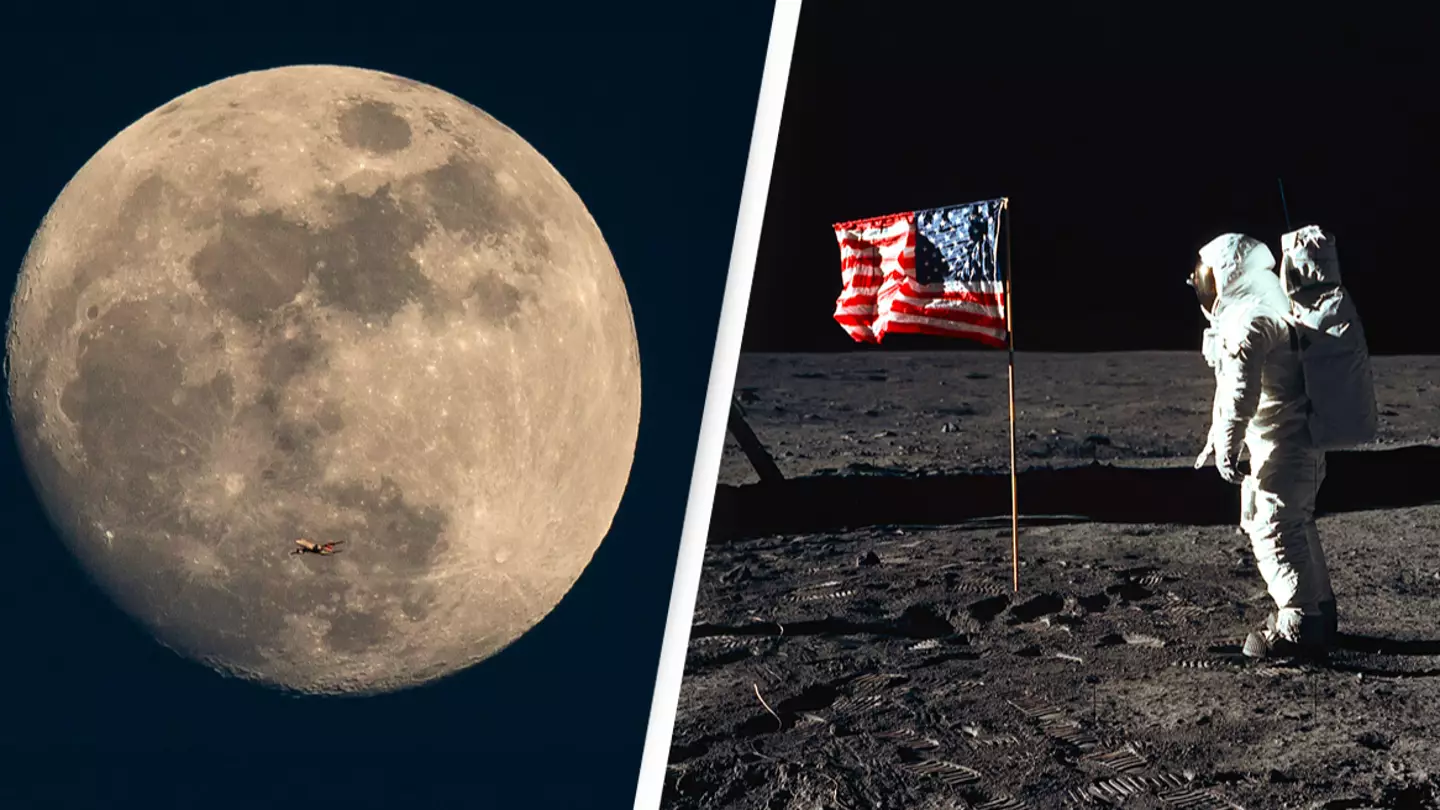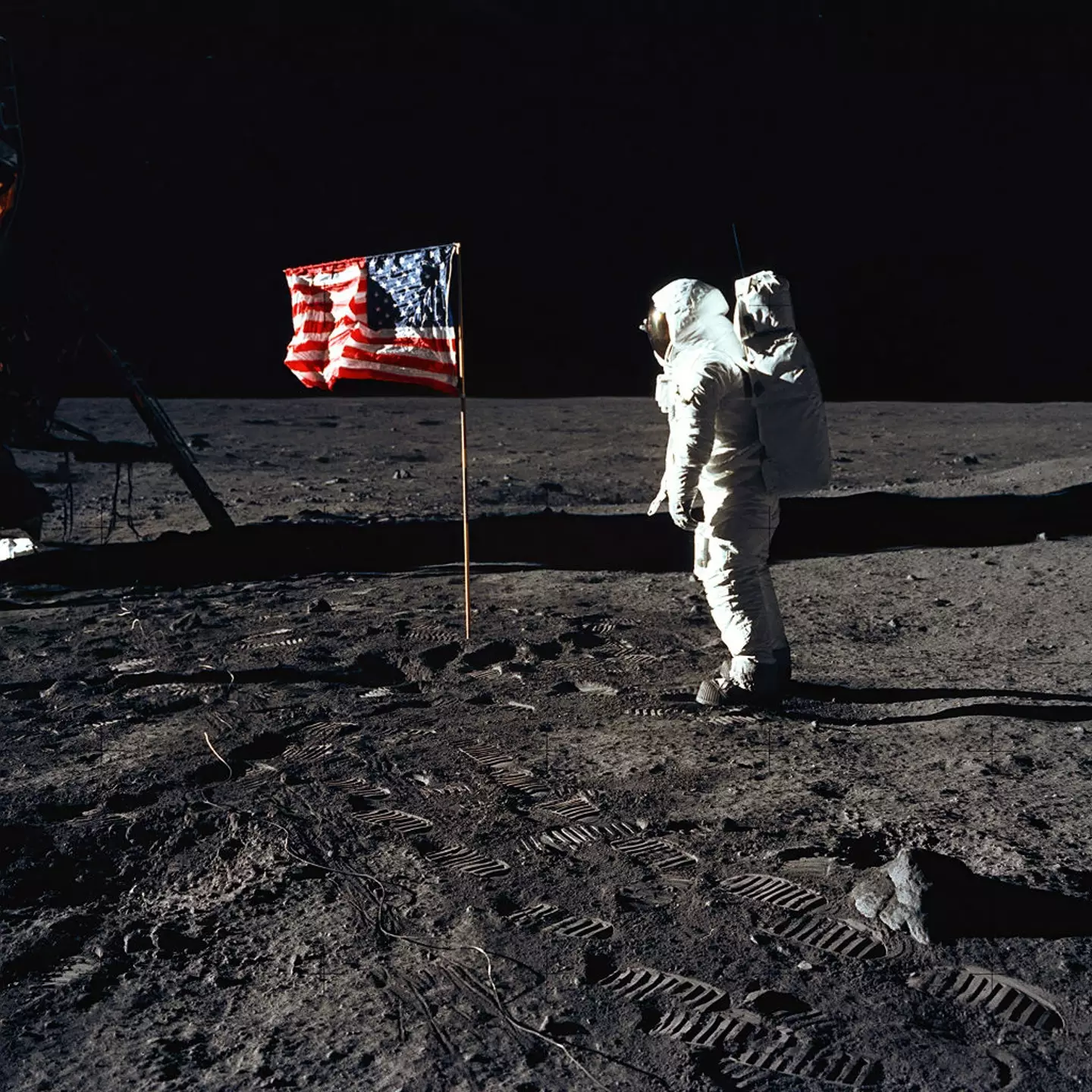
The race is now on as world leaders look to the southern hemisphere of the moon to try and find water.
NASA and the European Space Agency are looking into an unexplored part of the moon in a race to find water.
Being able to source water on the moon would be a huge feat for space missions, providing hydration, oxygen and fuel for aircraft, according to NASA.
It would also save a *lot* of money, removing the cost of transporting water to the moon, which currently costs $1.2 million per liter.
Advert
In the long-term, NASA hopes to establish a base at the moon's south pole, using the Lunar Gateway space station as a base between the Earth and the moon.
And it seems there's a bit of a space competition currently at play, with different countries doing their best to get ahead of the game.

While NASA is looking to embark upon a mission later this year, before aiming to land on the south pole by 2026, ESA is hoping to launch a rocket to land on the moon by the middle of this year.
Advert
Similarly, Russia, China, India and Japan are also discussing missions in the next couple of years.
But how do they know that water even exists on the moon?
Well, the possibility that water exists on the moon was missed in 1969 during the historic 1969 Apollo 11 landing - but 40 years later, in 2009, NASA deliberately crashed a rocket and discovered the presence of hydroxyl, indicating a possibility of water.
As well as helping future astronauts, it could also help scientists delve further into our origins.
Advert
Meanwhile, scientists have also discovered water on two asteroids for the first time ever.

The South West Research Institute (SwRI) have announced the discovery through the help of Stratospheric Observatory for Infrared Astronomy (SOFIA).
They were believed to be dry silicate asteroids but, for the first time ever, water molecules have been discovered on them.
Advert
It's significant because it could 'shed light on how water was delivered to Earth'.
SwRI’s Dr. Anicia Arredondo, lead author of a Planetary Science Journal paper about the discovery, further explained in a press release: "We detected a feature that is unambiguously attributed to molecular water on the asteroids Iris and Massalia.
"We based our research on the success of the team that found molecular water on the sunlit surface of the Moon. We thought we could use SOFIA to find this spectral signature on other bodies."
As well as helping scientists work out how water may have made its way to Earth, it's hoped that the new discovery could provide insight into the distribution of water in other solar systems.
Topics: World News, NASA
